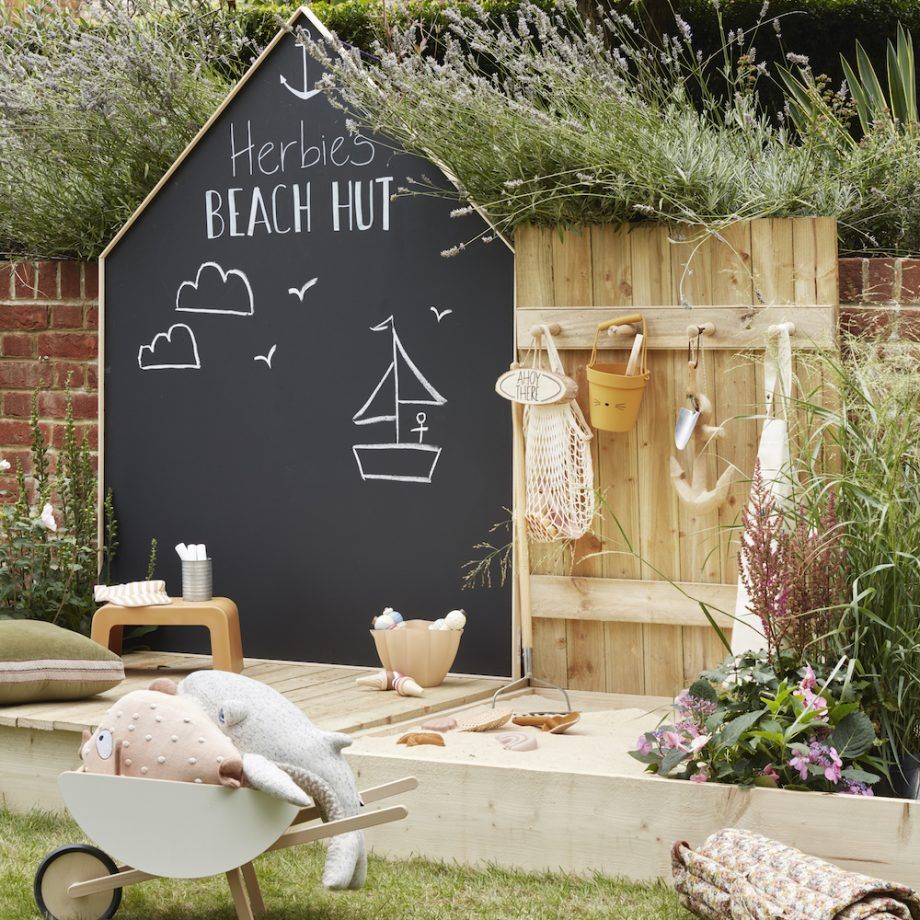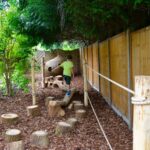Gardening is a fantastic way to connect children with nature and teach them valuable skills. Designing a garden specifically for kids can make the experience even more enjoyable and educational. When creating a garden for children, it is important to keep in mind their interests and abilities, as well as make the space fun and inviting for them.
One key element of designing a garden for kids is to include plants that are easy for them to care for. Choosing low-maintenance plants that are hardy and able to withstand a bit of rough handling is ideal. Plants like sunflowers, cherry tomatoes, and zinnias are great options for children to grow, as they grow quickly and provide a visually rewarding experience.
Another important aspect of a kid-friendly garden design is to create spaces for them to explore and play. Adding elements like a mini maze, a butterfly garden, or even a small pond can create opportunities for children to actively engage with their surroundings. Including a dedicated area for digging and playing in the dirt can also help foster a love for gardening in children.
Incorporating interactive elements such as wind chimes, stepping stones, and bird feeders can make the garden more engaging for kids. These features not only add visual interest to the space, but also encourage interaction and exploration. Additionally, including sensory plants like mint, lavender, and lemon balm can engage children’s senses and create a multi-sensory experience in the garden.
To make the garden more educational for children, consider including a small vegetable patch or herb garden. Allowing kids to grow and care for their own vegetables and herbs can teach them valuable skills about where food comes from and how to cultivate plants. Planting a variety of fruits and vegetables can also expose children to different tastes and textures.
Finally, involving children in the design and planning of the garden can help empower them and make the space truly their own. Encourage kids to choose plants they like, suggest design ideas, and participate in the planting and maintenance of the garden. By involving children in the process, they will develop a sense of ownership and pride in the garden, as well as valuable skills and knowledge about gardening.













